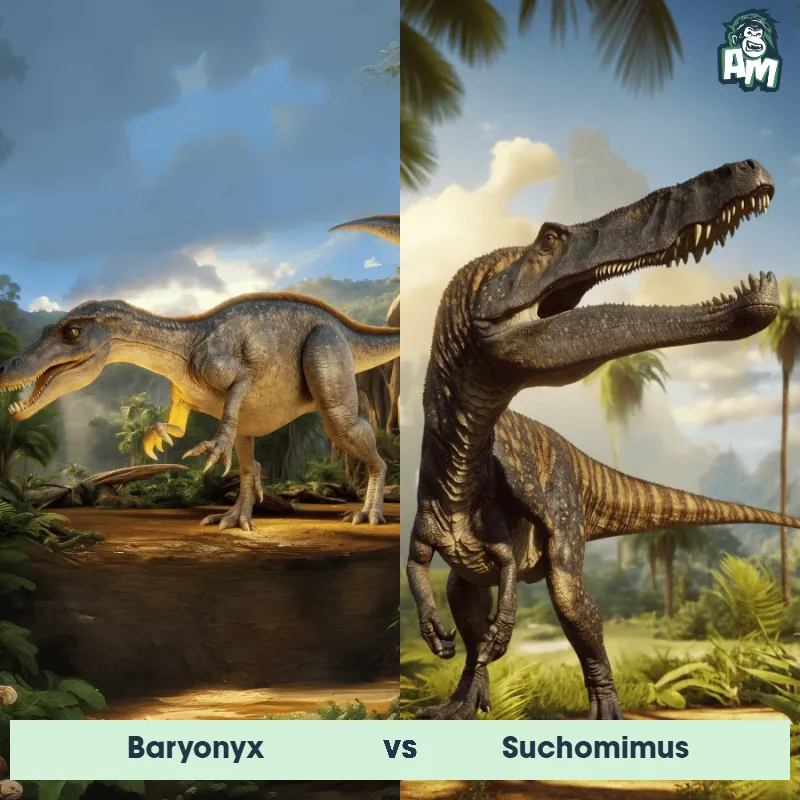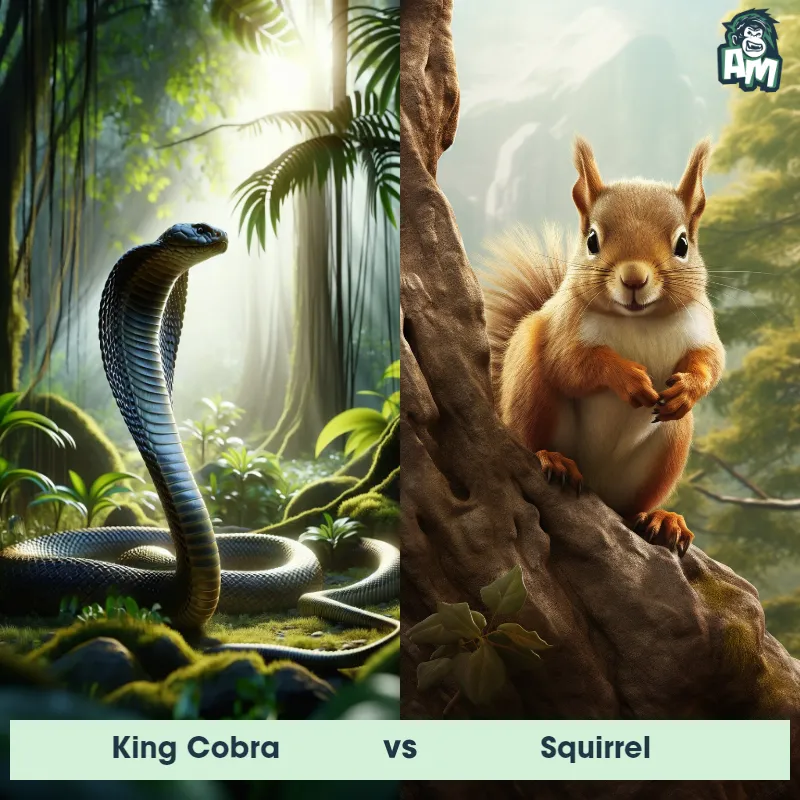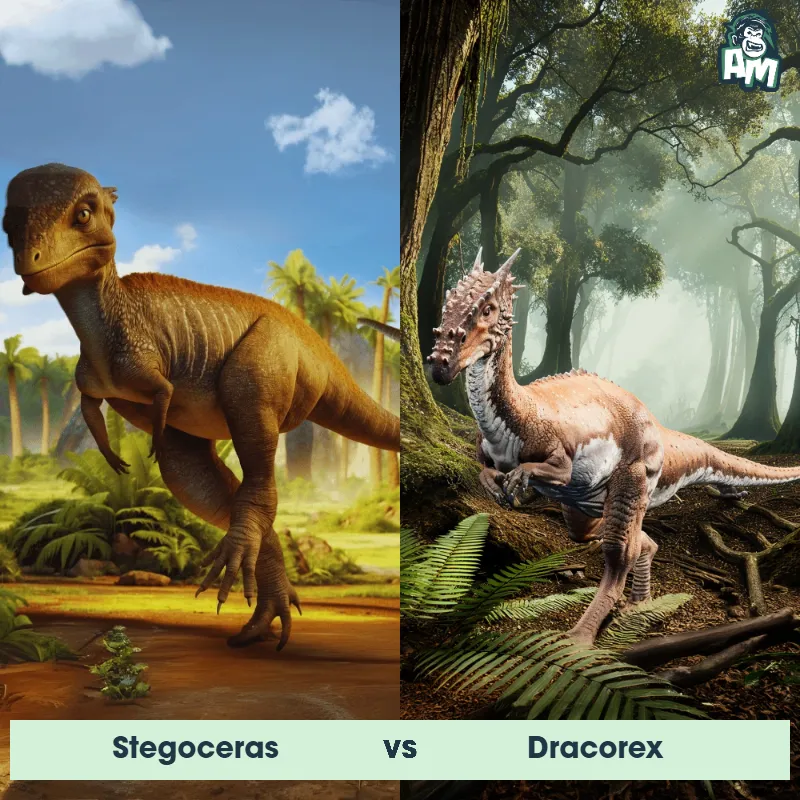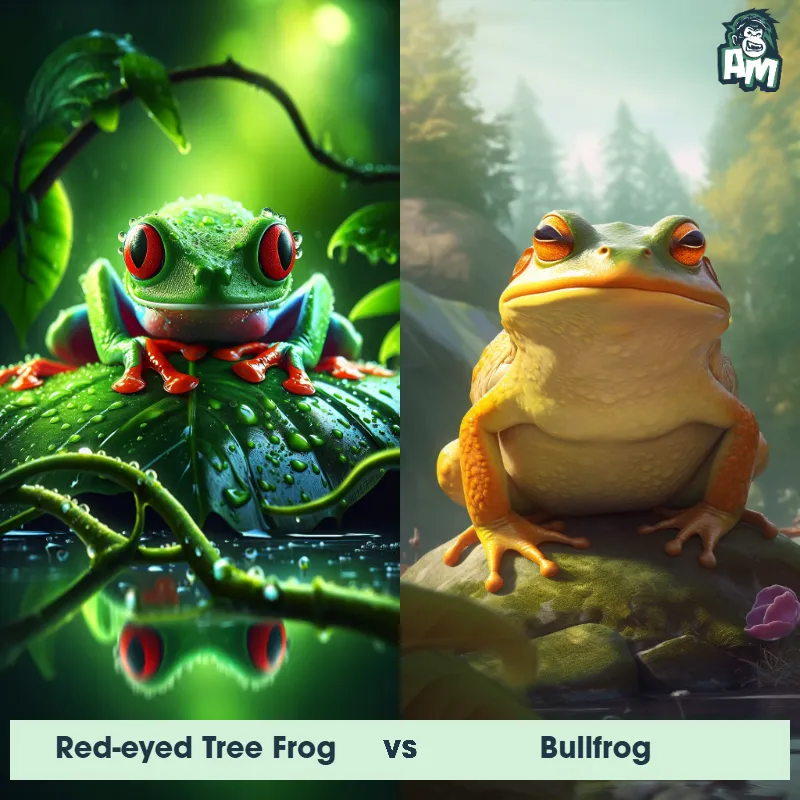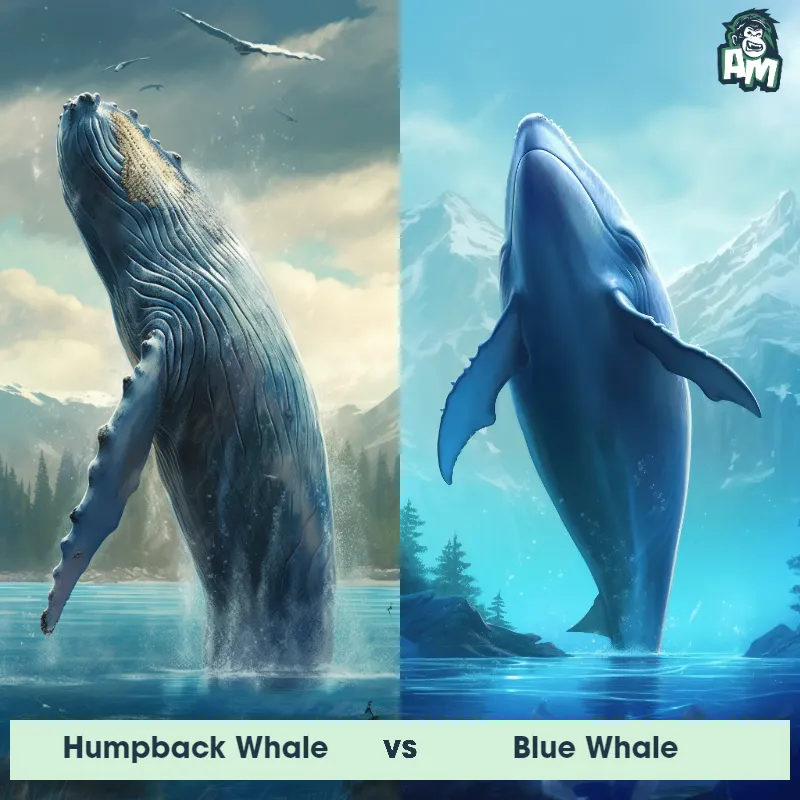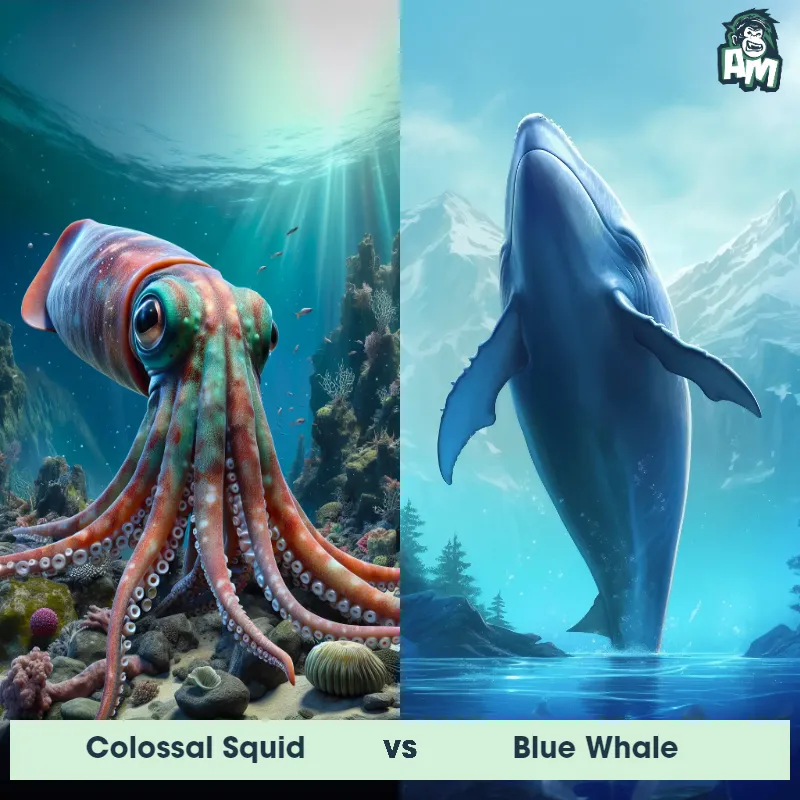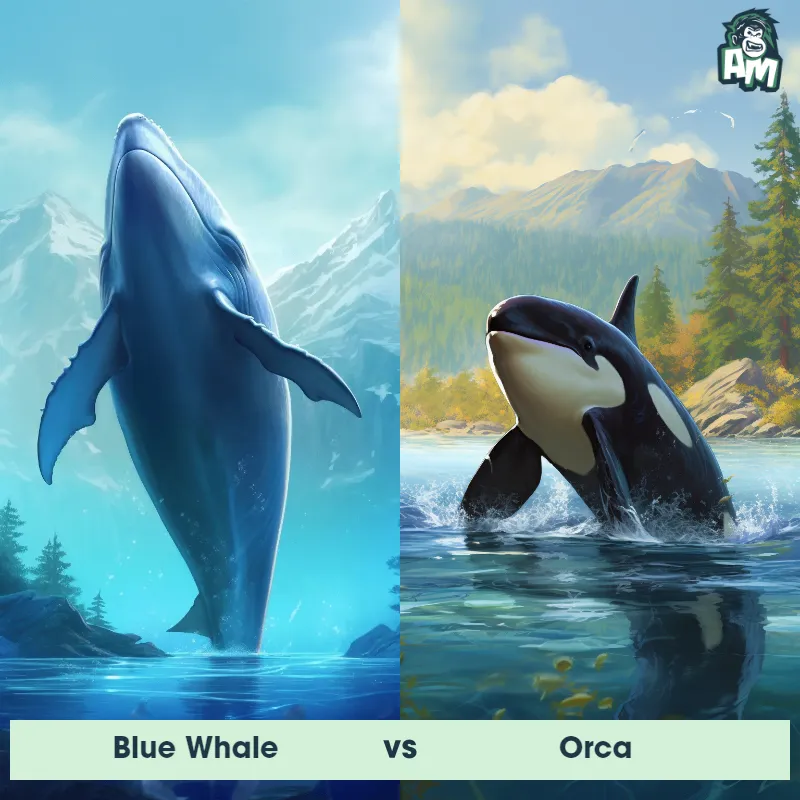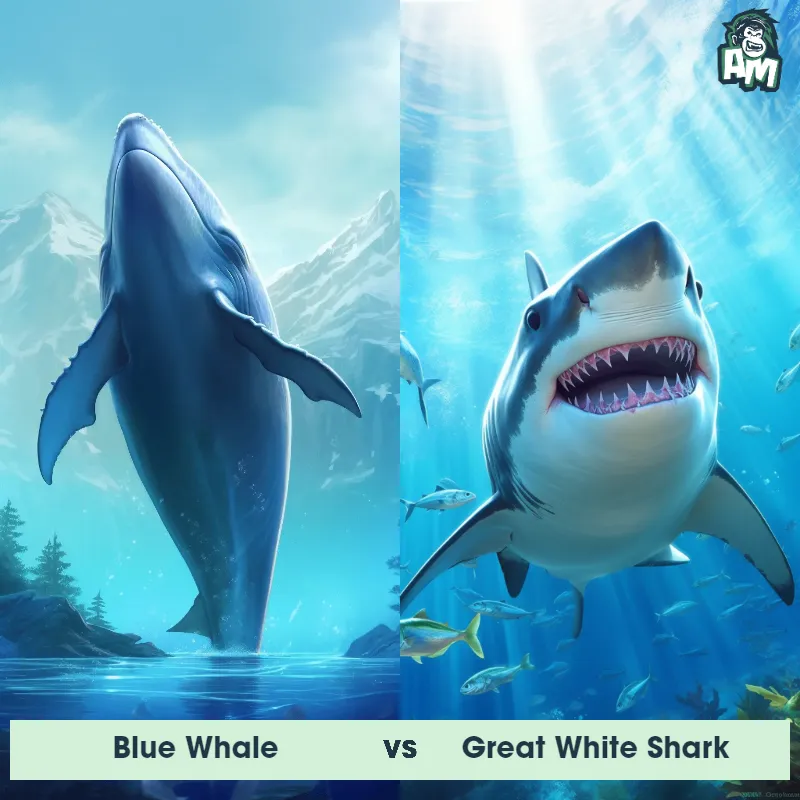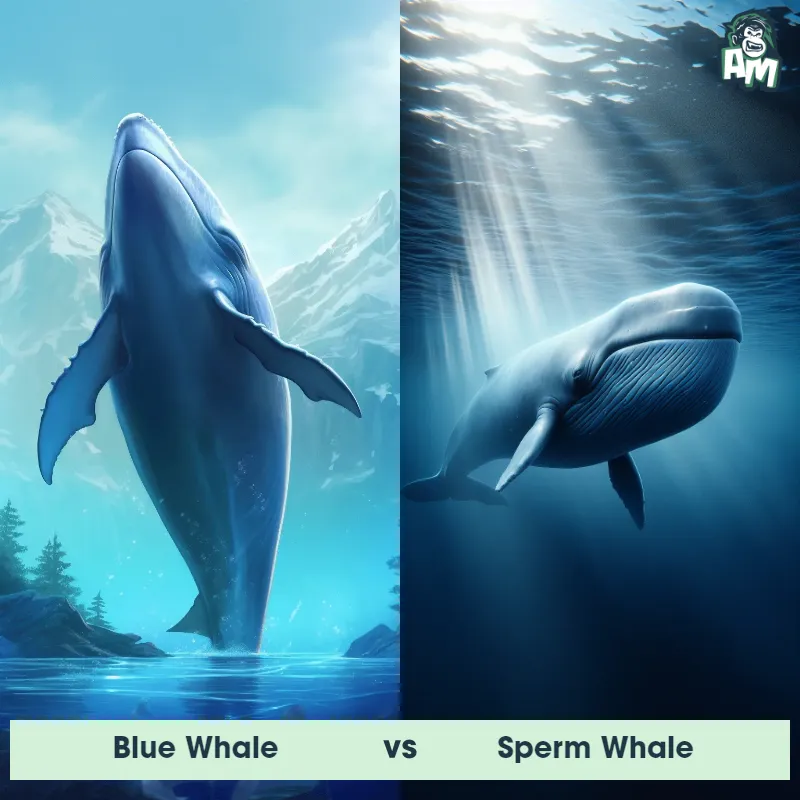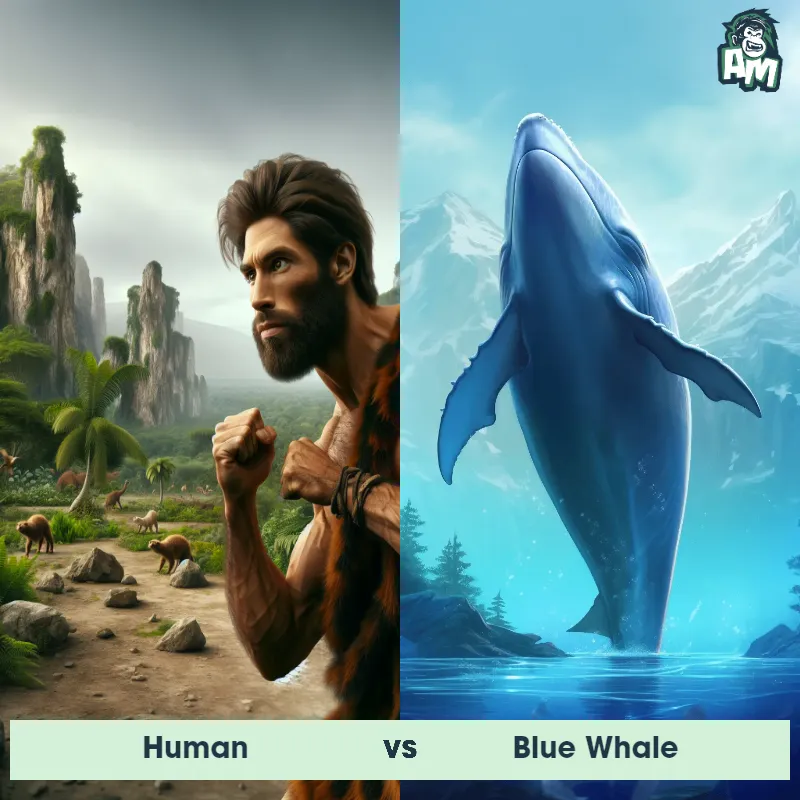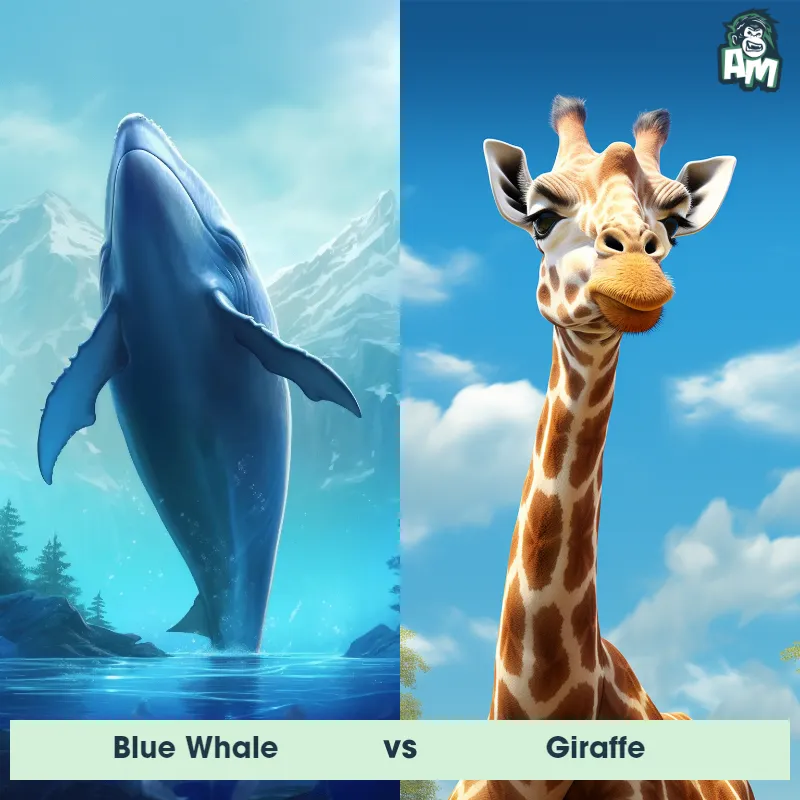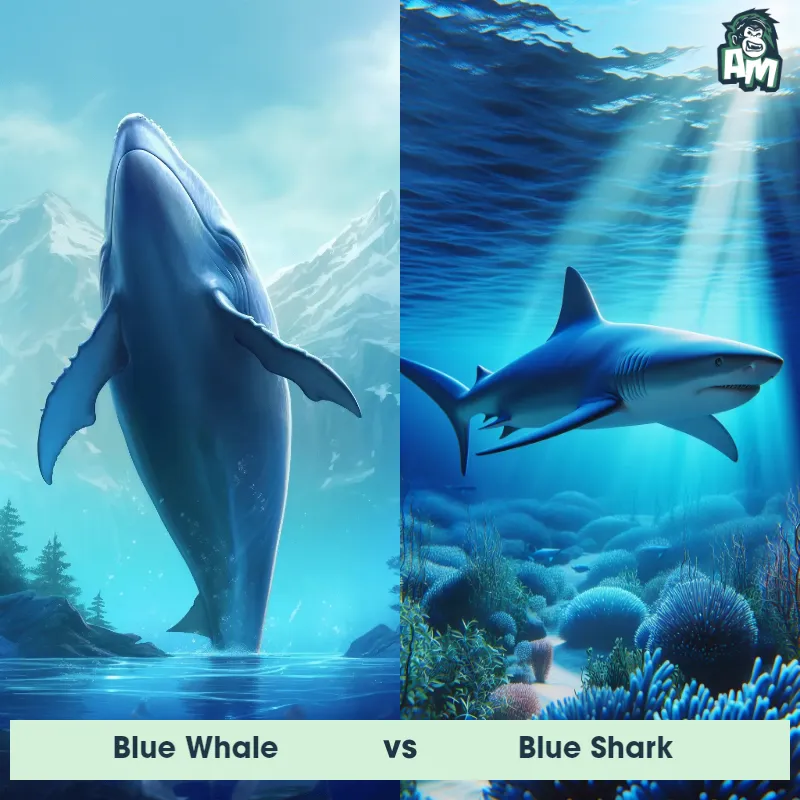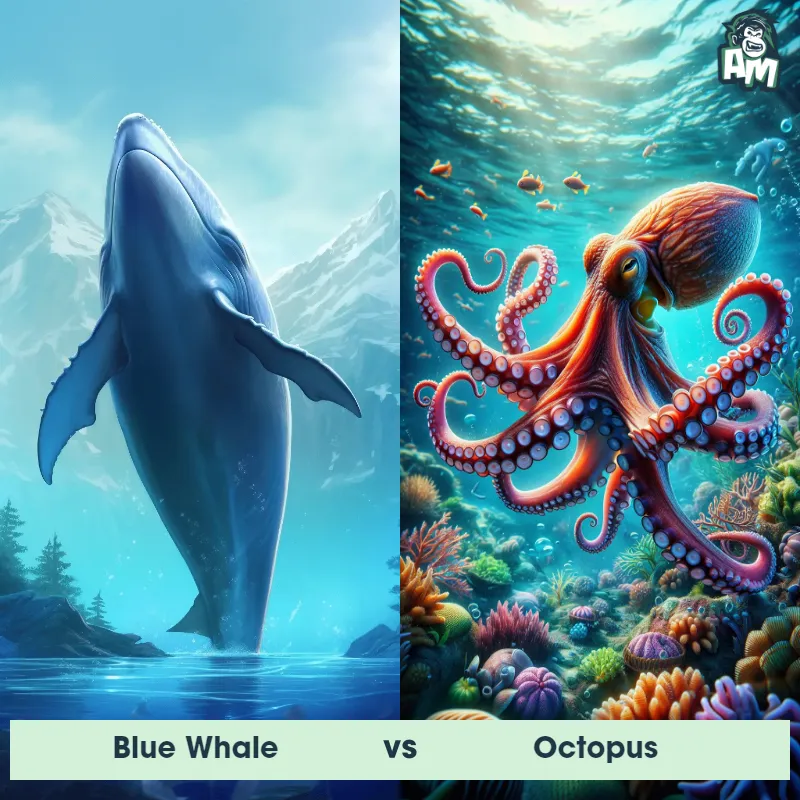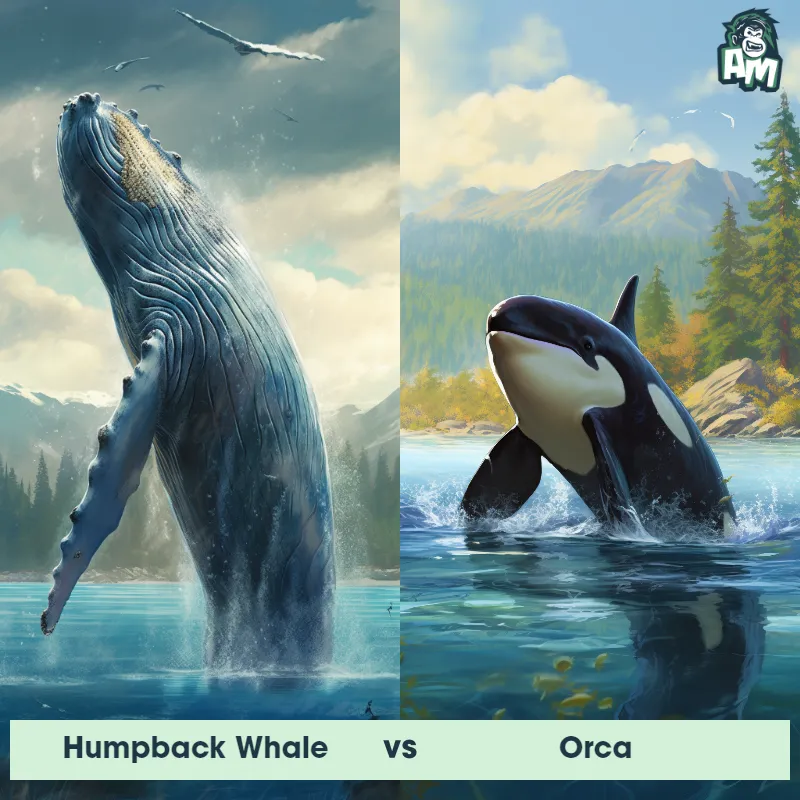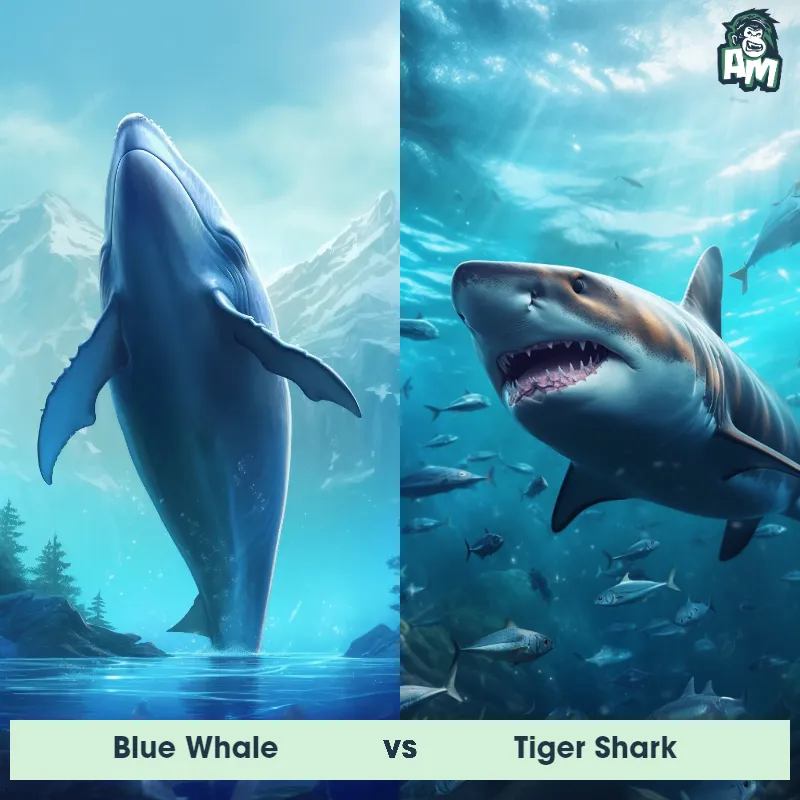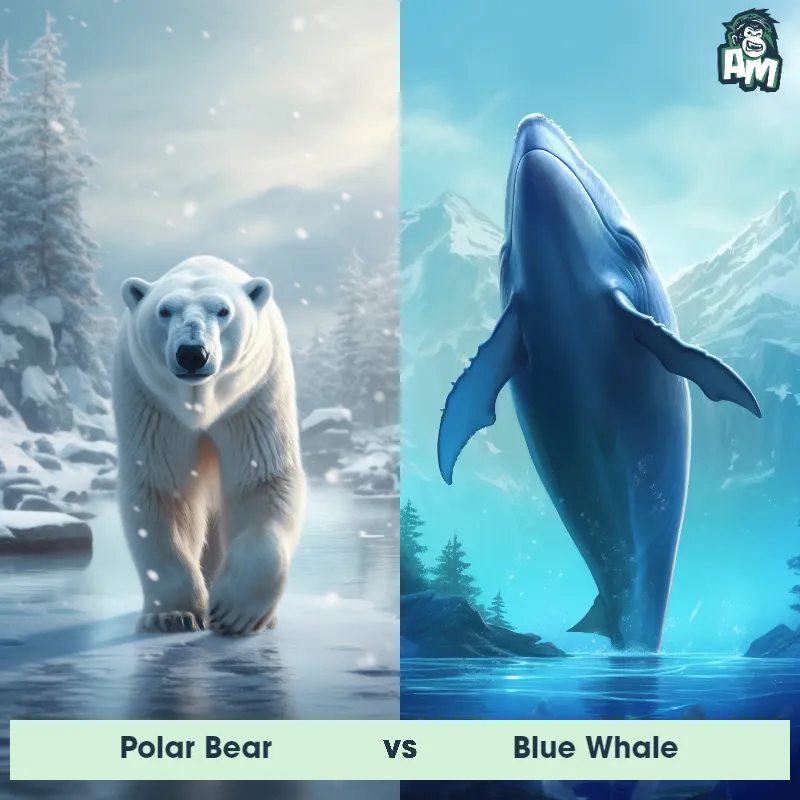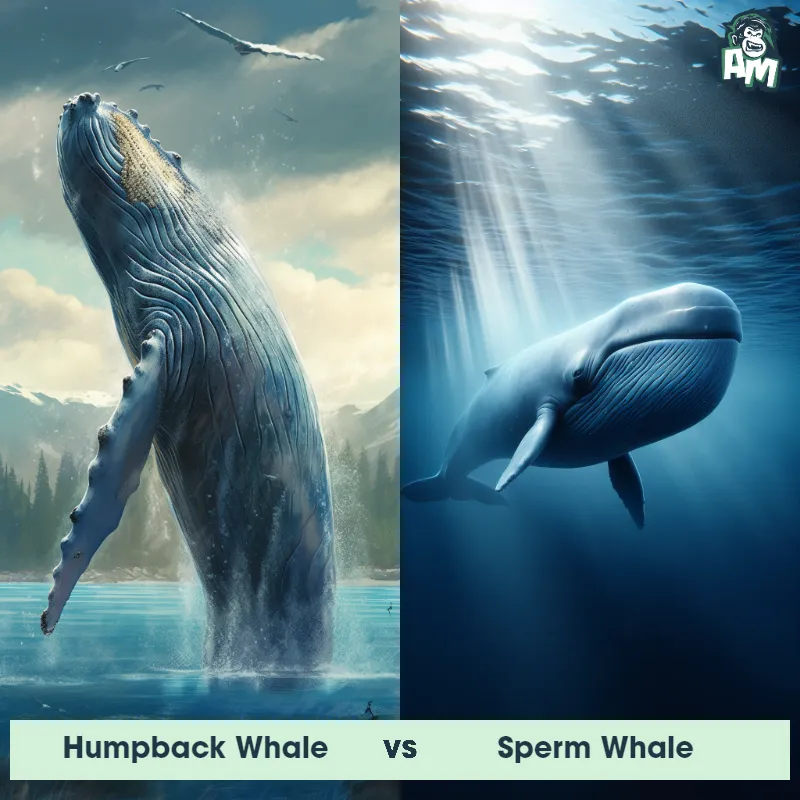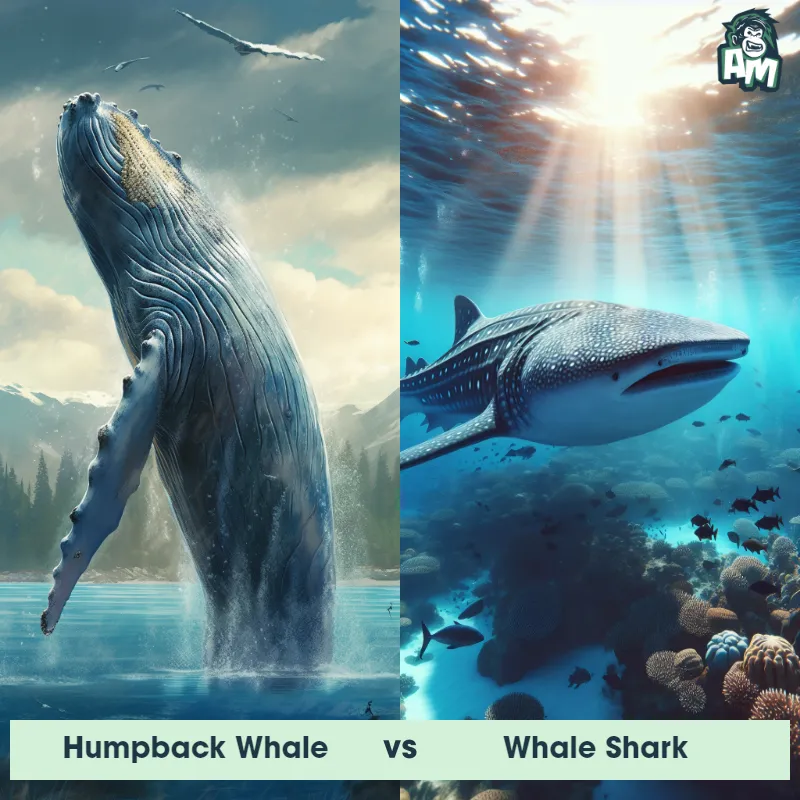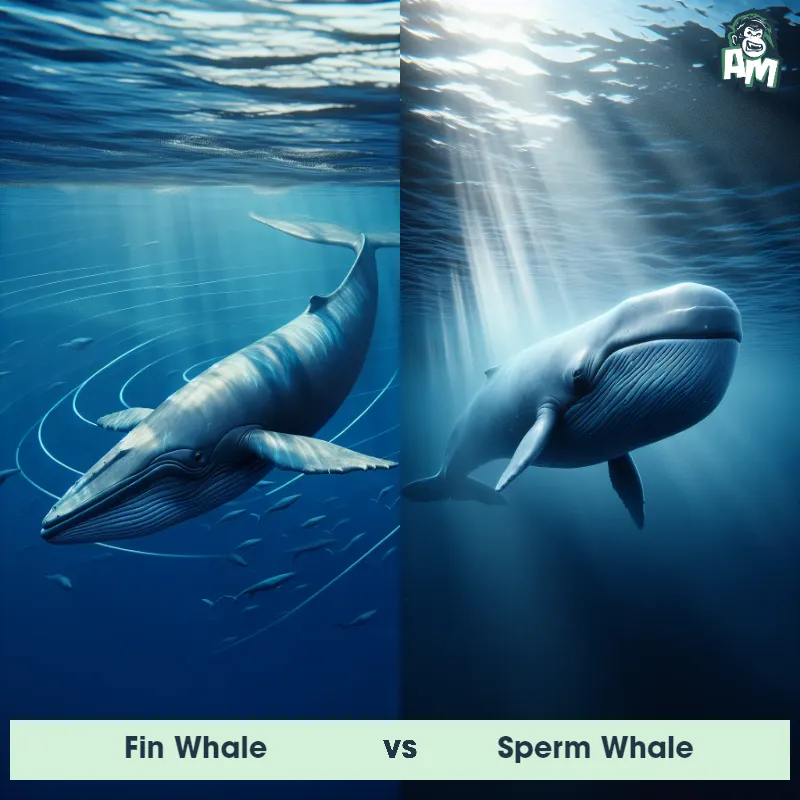Humpback Whale vs Fin WhaleSee Who Wins
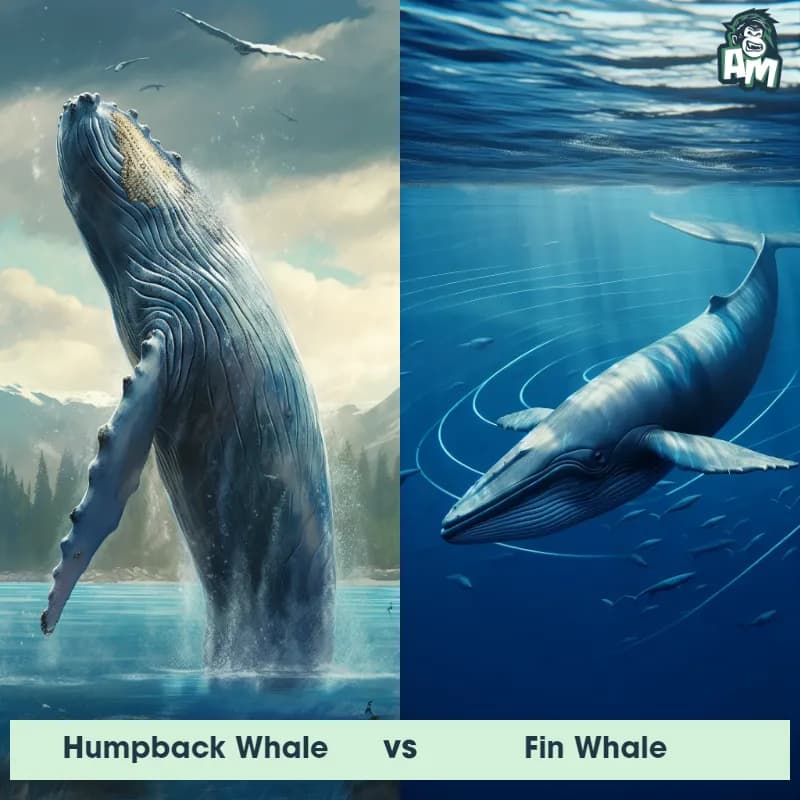
Ladies and gentlemen, welcome to this epic showdown between two giants of the deep blue sea! We have the Humpback Whale facing off against the mighty Fin Whale in what promises to be an absolute clash of titans. Both of these magnificent creatures are here to prove their strength, agility, and dominance. So without further ado, let the battle begin!
Contender 1: Humpback Whale
The Humpback Whale, also known as Megaptera novaeangliae, is a large marine mammal that can grow up to 50 feet long and weigh up to 40 tons. They are known for their distinctive hump on their back and long pectoral fins that can reach up to one-third of their body length. Humpback Whales are known for their acrobatic displays, including breaching and tail slapping, and their complex songs that can last up to 20 minutes.
Fun Fact: Humpback Whales are known for their unique feeding technique called bubble net feeding, where a group of whales will blow bubbles in a circular pattern around a school of fish, trapping them in a concentrated area for easier feeding.
Contender 2: Fin Whale
The Fin Whale, also known as Balaenoptera physalus, is the second-largest animal on Earth after the Blue Whale. They have long, slender bodies with a sleek appearance, characterized by a V-shaped head and a prominent ridge along the back. Fin Whales can reach lengths of up to 80 feet and weigh around 70 tons. They have a mottled gray or blackish coloration on their upper bodies and a lighter shade of gray on their undersides. These whales possess a unique asymmetrical color pattern on their lower jaws, with the right side being white and the left side dark, which helps in identification. They are remarkable for their ability to swim at speeds of up to 23 miles per hour. Fin Whales are known for their distinct blow, which is tall and columnar.
Fun Fact: One remarkable fun fact about Fin Whales is that they have the ability to consume large amounts of food in a short period. During feeding, they engulf up to four tons of krill, small fish, and squid per day, which is equivalent to about 1.5 million calories.
Matchup Stats
| Humpback Whale | Fin Whale | |
|---|---|---|
| Size | Up to 50 feet (15.2 meters) | Up to 80 feet (24 meters) |
| Weight | Up to 40 tons (36 metric tons) | Around 70 tons (63,500 kilograms) |
| Speed | Speed: 3-9 mph (4.8-14.5 km/hr) | 23mph (37km/h) |
| Key Strength | Powerful tail for swimming and breaching | Powerful tail slaps |
| Biggest Weakness | Vulnerable to hunting and entanglement in fishing gear | Vulnerability to ship strikes |
Current Votes
Humpback Whale vs Fin Whale
See Who Wins
View More Matches
Looking For More?
Similar Matches
Scientific Stats
| Humpback Whale | Fin Whale | |
|---|---|---|
| Scientific Name | Megaptera novaeangliae | Balaenoptera physalus |
| Family | Balaenopteridae | Balaenopteridae |
| Habitat | Oceans | Open ocean |
| Geography | Worldwide | Worldwide, with a preference for colder waters |
| Diet | Krill, small fish, and plankton | Krill, small fish, and squid |
| Lifespan | 45 years - 100 years | 80 years - 90 years |
Key Differences between Humpback Whale and Fin Whale
- Head shape: Humpback Whales have a large, rounded head with characteristic bumps on their lower jaw called tubercles, whereas Fin Whales have a relatively slender, pointed head.
- Dorsal fin: The Humpback Whale has a prominent, broad and rounded dorsal fin, often with unique markings that can assist in identifying individuals, while the Fin Whale has a tall, upright, and slightly sickle-shaped dorsal fin located further towards the tail.
- Tail flukes: The underside of the Humpback Whale's flukes (tail) is white and can display intricate black or dark markings, while the Fin Whale's flukes are typically uniformly grey or black without elaborate patterns.
- Coloration: Humpback Whales have a distinct pattern on their long pectoral flippers, with white undersides and black or dark grey topsides covered in white or light-colored markings. In contrast, Fin Whales have a uniformly dark grey or black coloration on their bodies.
- Size: The Fin Whale is larger than the Humpback Whale, with adults reaching lengths of up to 85 feet, while Humpback Whales typically measure around 50 feet.
- Body shape: The Humpback Whale has a stocky build with a pronounced hump on its back, while the Fin Whale has a streamlined body shape and lacks a noticeable hump.








